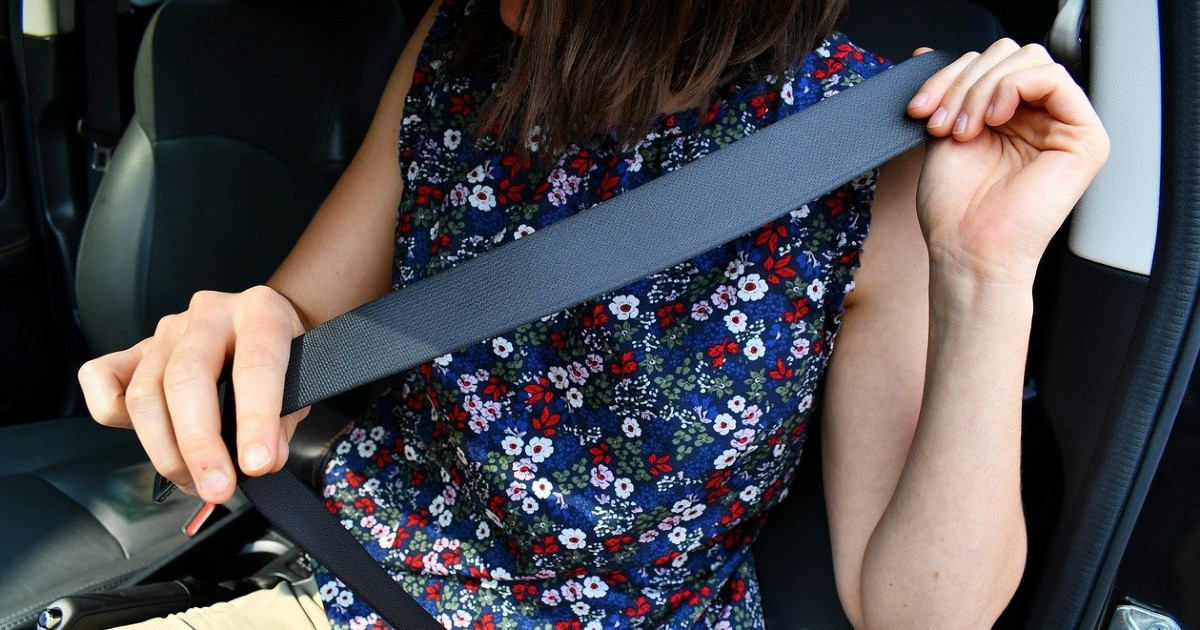Three-point seat belts will soon become compulsory for front-facing passengers in cars. The Indian government has directed all automakers to equip cars with three-point seat belts. This rule will also be applied to the middle seat passengers in the rear rows of cars. On February 10, Road Transport and Highways minister Nitin Gadkari announced this mandate. The decision was taken because around 1.5 lakh people die every year in around 5 lakh road accidents in the country. The three-point seat belts will ensure passenger safety. Read on to know why.
Why Three-Point Seat Belts Are Necessary?
If you’re wondering what are three-point seat belts, and how they would help keep passengers safe, then here’s how. Three-point seat belts are presently equipped in only front seats and two rear seats in cars produced in India. However, the middle rear seats in cars are produced with just a two-point seat belt or lap seat belt, similar to the ones you wear in aircraft. While a two-point seat belt is attached to only two ends, the three-point seat belt is a blend of lap and sash belts. So, in case of an accident, the three-point seat belt spreads out the impact over the pelvis, chest and shoulders.
Also Read: Cable Cars To Be Launched In India Soon To Avoid Traffic & Accidents
Also Read: Bangalore Traffic: This Carpooling Startup Aims To Remove 1 Million Cars From Roads
Cars In India To Have Three-Point Seat Belts In Middle Seat Of Rear Row
According to a report by The Hindu, Union Minister Nitin Gadkari revealed that he signed a file earlier, making it compulsory for automakers to equip cars with three-point seat belts for all front-facing passengers, including the middle seat in the rear row. In order to create awareness on road safety and per cent accidents, the ministry earlier directed all automakers in India to offer six airbags in motor vehicles that ferry up to 8 passengers. So you will soon have to wear your three-point seat belt in a car even if you sit in the rear row.

